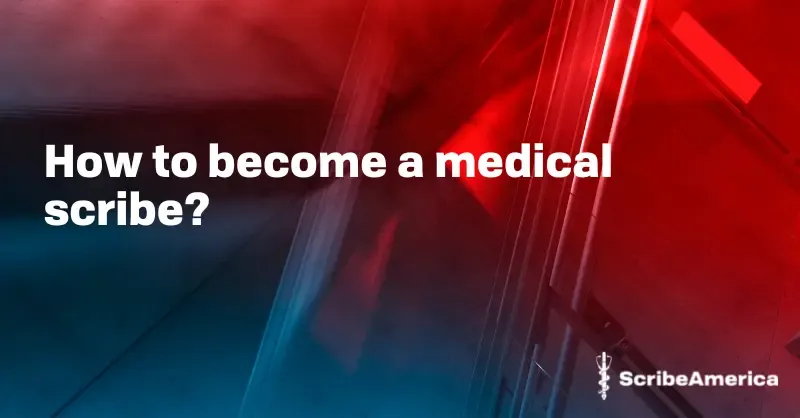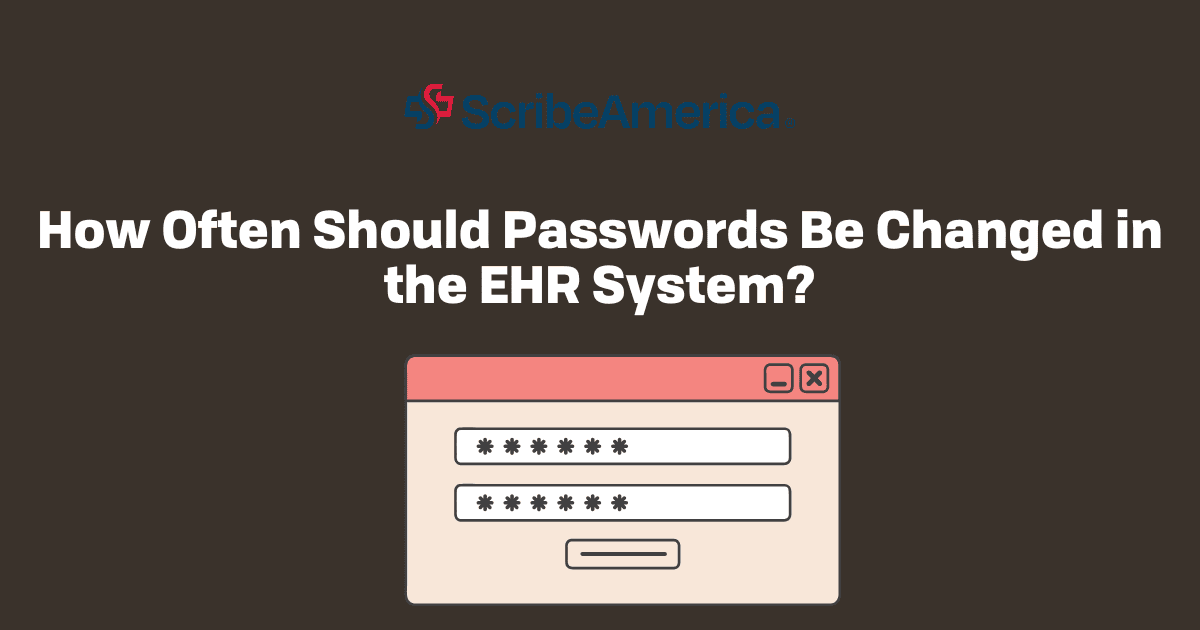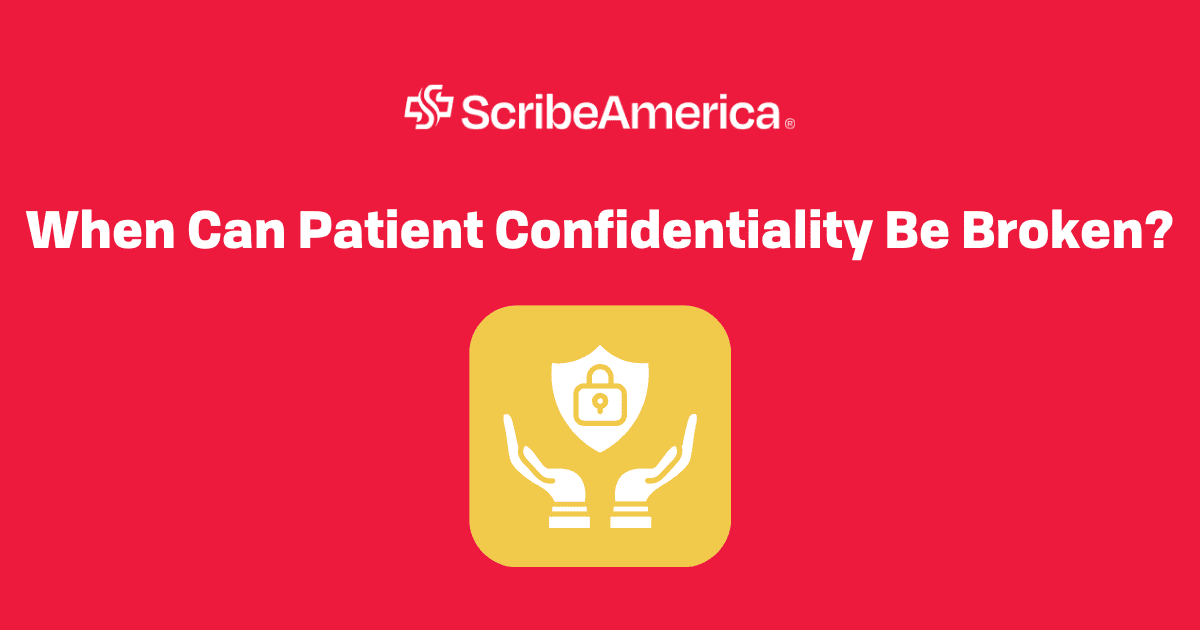Key points:
- Role and Duties of a Medical Scribe – Medical scribes assist physicians by documenting patient encounters in real time, managing electronic health records (EHRs), and supporting doctors with administrative tasks, which allows physicians to focus more on patient care.
- Path to Becoming a Medical Scribe – To become a medical scribe, one generally needs a high school diploma, with higher education or specialized training in medical terminology, health sciences, or healthcare management improving job prospects. Hands-on experience through internships or volunteer work is highly beneficial.
- Benefits and Career Value – Working as a medical scribe provides critical exposure to the medical field, strengthens skills like attention to detail and EHR proficiency, and offers valuable experience for students or aspiring healthcare professionals, particularly those aiming for medical school.
Did you know that the profession of the scribe has been known for years? Historically, this person was professionally engaged in handwriting books or documents. The job of a writer occurred in varied forms in all scribal cultures. Today, the profession of the scribe, in particular, is associated with medicine. How to become a medical scribe? What duties does a medical scribe perform? Is the work interesting? You will read about it later in the article.
What Does a Medical Scribe Do?
One encounters the opinion that if you work in healthcare, you will always have a job. While many people are concerned about losing their jobs due to technological advances, this has led to additional jobs in the healthcare sector.
A medical scribe is an indispensable support member of the clinical team. They function as a "personal assistant" to the physician, handling all medical documentation in real-time. This includes:
- Real-Time Charting: Documenting the patient's history of present illness, physical exam findings, diagnostic test results, and the provider’s assessment and plan into the EHR system.
- EHR Management: Navigating complex electronic health records (EHRs), such as Epic or Cerner, to retrieve past medical information and update the current encounter.
- Administrative Support: Processing referrals, managing dictated notes, and retrieving necessary information for upcoming appointments.
The goal is simple: to improve the efficiency of doctor-patient encounters, allowing the physician to maintain eye contact and focus solely on clinical decision-making, not clerical work.
Because the position provides a wide view of the medical field and a chance to work with doctors, some U.S. medical schools suggest that prospective medical school students should first work as medical scribes to gain relevant experience. On our Medical Scribe jobs page, you will find many offers just for beginners or students.

How to Become a Scribe?
On the Internet, we can find many questions about how to become a medical scribe, how to become a medical scribe in college, or how to become a certified medical scribe. Anyone who wants to become one must complete high school.
While learning, it's a good idea to focus on biology, learn about the latest healthcare guidelines, take an interest in new technologies and learn to write quickly. Future medical scribes should also be willing to expand their knowledge and care about their grade point average to give themselves the best possible employment opportunity.
Key skills that help with becoming a scribe:
- Fast typing and comfort with digital tools
- Clear written and verbal communication
- Attention to detail
- Ability to multitask in a fast-paced environment
So, how to become a certified medical scribe? Both associate and bachelor's degree programs are available that provide classes in medical terminology for scribes, health sciences, and health care management to prepare aspiring medical scribes for the workforce.
Certification isn’t mandatory, but organizations provide exams and credentials that can help you stand out — especially if you plan to specialize (e.g., emergency medicine, cardiology). Courses often include:
- Medical terminology
- Anatomy and physiology
- HIPAA and legal compliance
- EHR system training
You can also get help from ScribeAmerica, as for more than 20 years, our specialists have been hiring, training, and managing medical scribe programs that are constantly customized to meet the needs of our partners.
For students wondering how to become a scribe for a doctor, hands-on experience through internships or volunteer positions can be invaluable. Many colleges offer pre-med programs that include opportunities for becoming a medical scribe, which can be an excellent way to gain insight into the medical field.
A medical scribe role provides crucial experience for anyone considering medical school or other healthcare careers. It offers a front-row seat to patient interactions, medical decision-making, and healthcare documentation, all of which can strengthen a medical school application.
Read also: How to Be a Medical Scribe with no Experience?
How Long Does It Take To Become a Medical Scribe?
Unlike physicians, who must be certified to work, becoming a medical scribe does not require a formal license.
This means you can start working in this profession right after graduating high school. However, as we have already mentioned, completing higher education or training increases the chances of employment. Therefore, it is worth continuing your education to demonstrate above-average skills and constantly improve your qualifications to fulfill the duties of a medical scribe best.
How long does it take to become a medical scribe? The timeframe varies based on the training path:
|
Medical Scribe Training Path |
Typical Duration |
Outcome |
|
Employer On-the-Job Training |
A few weeks to 3 months |
Immediate employment (non-certified) |
|
Certification Programs |
1 to 6 months (intensive fast-track options available) |
Preparation for the national certification exam |
The Importance of Certification
While a formal license is not universally required for the job, obtaining the Certified Medical Scribe Professional (CMSP™) credential through an organization like the American Healthcare Documentation Professionals Group (AHDPG) is highly recommended.
How to become a certified medical scribe:
- Complete a Training Program: Enroll in an accredited training course to master medical terminology, documentation standards, and HIPAA compliance.
- Pass the Exam: Successfully pass the Medical Scribe Certification Exam (MSCE™).
- Gain Experience: To achieve the full CMSP™ credential, you often need to complete the exam and log at least 200 hours of documented frontline, on-the-job medical scribe experience.
Certification signals expertise and preparedness, making you a standout candidate in competitive markets and specialized departments.
We also encourage you to read our article How to find remote jobs?, in which we introduce the advantages of working from home and share tips on how to look for this type of work.
Benefits of Becoming a Medical Scribe
Working as a medical scribe offers numerous benefits beyond gaining hands-on medical experience. Scribes develop critical skills such as attention to detail, mastery of medical terminology, and proficiency with electronic health records (EHRs). They also gain exposure to different medical specialties, observe physician-patient interactions, and learn the inner workings of a healthcare environment. For students and aspiring healthcare professionals, this experience can strengthen medical school applications and provide a solid foundation for a future career in medicine.
The Future of the Role: How to Become a Remote Medical Scribe
One of the most significant and fastest-growing sectors of the profession is remote medical scribing (also known as Virtual Scribing).
|
Feature |
Remote (Virtual) Scribe |
On-site Scribe |
|
Location |
Works from home/remote location |
Works within the clinic/hospital |
|
Documentation |
Documents visits via secure audio/video connection (telehealth or in-person) |
Documents alongside the provider in the exam room |
|
Privacy |
Can enhance patient privacy (no extra person in the exam room) |
Direct, real-time physical presence |
Benefits of Remote Scribing:
The virtual model offers maximum flexibility for the scribe and significant efficiency gains for the provider (often resulting in a 16% reduction in time spent on documentation). This modality is essential for supporting the rapidly growing field of telehealth and is a top option for certified scribes.
How to Become a Medical Scribe - In Short
Do you still wonder how to become a medical scribe? Here's the pathway simplified:
Education Requirements
Minimum: High school diploma.
While studying, it’s helpful to focus on:
- Biology and anatomy
- Computer skills and typing speed
- Healthcare basics and ethics
Training and Certification
Certification is not required, but programs and structured training can improve hiring potential. Courses often include:
- Medical terminology
- Anatomy and physiology
- HIPAA and legal compliance
- EHR system training
Organizations like ScribeAmerica provide hiring, training, and onboarding customized to clinical workplaces.
Gain Experience (especially in college)
For students wondering how to become a scribe for a doctor, internships, volunteer positions, or shadowing can be invaluable. Many colleges include medical scribe opportunities as part of pre-med or health sciences tracks.




